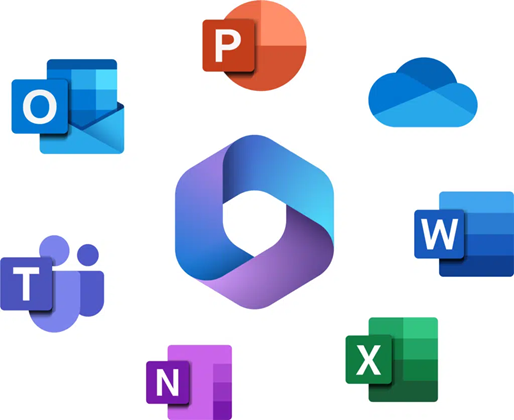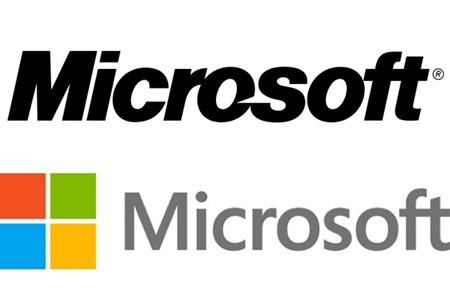Hybrid Brand architecture
In brand architecture, the concept of a Core Brand refers to the central brand that upholds the identity, trust, and long-term consistency of a brand portfolio. It is the stable carrier of values and promises, allowing sub-brands, product extensions, and innovations to evolve without losing coherence.
Extensions may vary in target group or function, but remain recognisable within the framework defined by the Core Brand. This balance of consistency and agility is what underpins a coherent and future-focused brand strategy.

Microsoft applies a hybrid brand architecture that accounts for the different roles and levels of visibility of products across its portfolio. Some brands, like Bing or Xbox, carry the Microsoft signature in a subtle way: the connection to the Core Brand is visible in context and communication, while the product name operates independently. Other offerings, like Microsoft Teams or Microsoft PowerPoint, explicitly retain the Core Brand in their name, reinforcing trust and unity across the ecosystem.
This deliberate division enables targeted differentiation: which products benefit from visibly leveraging the Core Brand, and which gain more value through autonomy? Here, flexibility is not a compromise — it’s a strategic way to remain agile without losing brand coherence.




